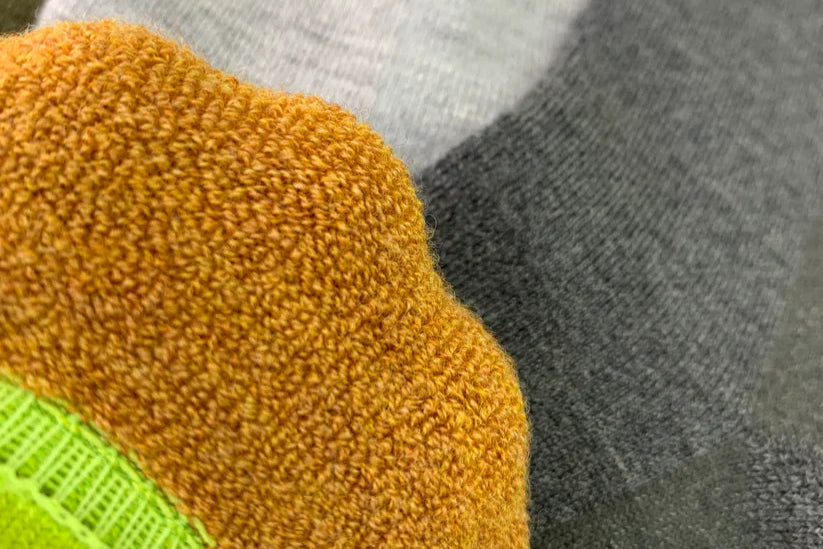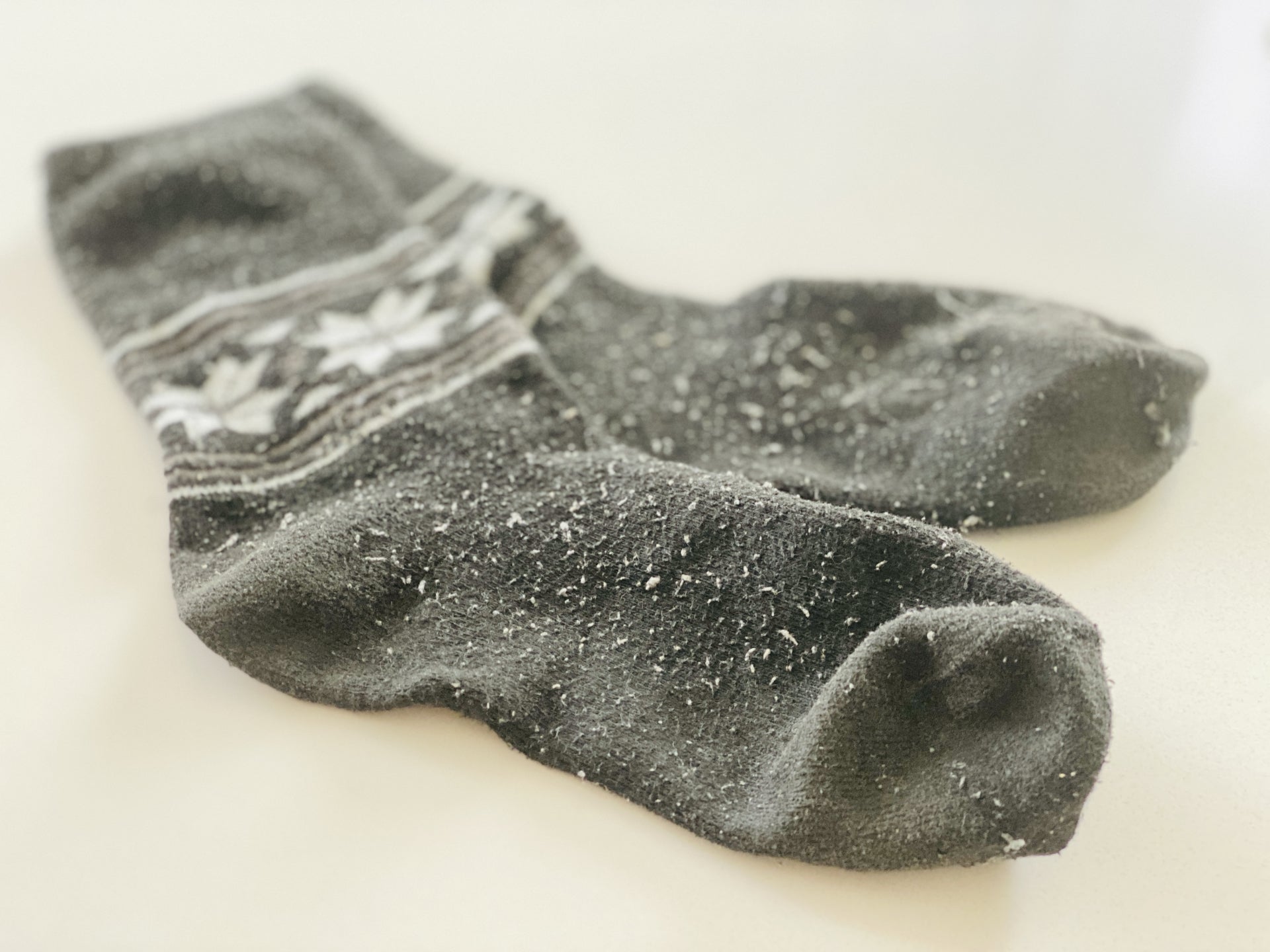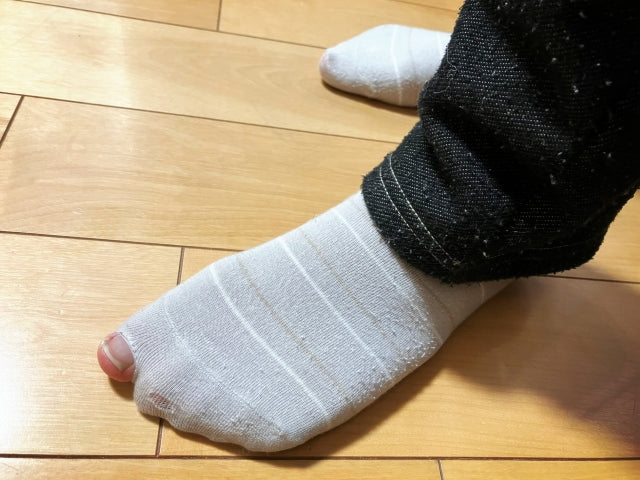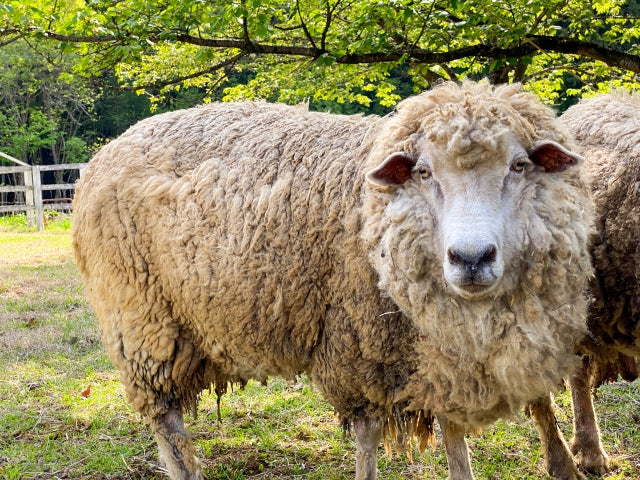Hello. I'm Hiroki, a new staff member at OLENO.
In order to become a wool master, I have studied the quality and bad qualities of wool and the existence of merino wool, which is the highest grade of wool, over the past few years.
I thought I was pretty much safe when it came to wool, but the other day I learned about a new material called "super extra fine merino wool."
In short, there are distinct classes of merino wool, with super extra fine merino wool being the highest grade.
So, this time I would like to briefly summarize what I have researched about the differences between each grade of merino wool.
【table of contents】
- The difference is in the fineness of the fibers
- What's good about being thin?
- The thinner it is, the better the heat retention.
- What is the recommended usage for each rank?
- The disadvantages are pretty much the same in the merino wool world.
- What is the actual price difference?
1. The difference is in the fineness of the fibers
Merino wool is graded according to the thickness of the fibre; the finer the fibre, the higher the grade.
|
Rank
|
Fiber thickness (μm)
|
|
Super Extra Fine Merino
|
Diameter 16.5-17.5
|
|
Extra Fine Merino
|
Diameter 18.5-19.5
|
|
Fine Merino
|
Diameter 20-21
|
|
Middle Merino
|
Diameter 20-22
|
|
Strong Merino
|
Diameter 23-25 |
Generally, wool finer than 19μm (microns) is considered high-quality wool (noble), and the thinner it is, the more difficult it is to process (the more difficult it is to win someone's heart), and the more expensive it is.
2.What is the advantage of being thin?

In the world of wool, the finer the material, the more luxurious it is said to be, but what is so good about it being fine in the first place?
Here's a question: what do you imagine when you hear the term "luxury muffler"?
You're probably thinking of a cashmere scarf.
In fact, the reason cashmere is considered luxurious is because the fibers are extremely fine, at 14 to 16 μm. And as anyone who has worn a cashmere scarf will know, the fineness of the fibers gives them smoothness and elasticity , as well as delicate, rich coloring and a beautiful luster (although of course this is also due to the characteristics of the material).
In other words, thinner fibers feel better against the skin and cause less discomfort due to itching . Also, because the fibers are thinner and softer, they can be knitted more densely, which means that the thickness of the fabric can be adjusted.
I looked into other benefits as well, but there aren't many differences among merino wools, and perhaps the biggest difference is in the feel against the skin.
3. Thinner fabrics retain more heat

Wool itself is considered a fiber with high thermal insulation properties, but merino wool is particularly good at retaining heat because its fibers are so thin that heat is less likely to escape, so it is said to have even higher thermal insulation properties. There was no clear evidence (such as measuring the difference in temperature), so it may just be a matter of personal experience.
4. What is the recommended usage for each rank?
What are the common uses for each grade of merino wool introduced in 1?
Extra fine merino (16µm or less) -> innerwear , underwear , base layers , T-shirts (for items that come into direct contact with the skin)
Superfine Merino (17-18.5µm) → T-shirts , base layers , thin socks , lightweight knitwear
Fine merino (18.5-19.5µm) → Hiking innerwear , lightweight mid-layers , all-season socks
Medium Merino (19.5-22µm) → Winter mid layers , sweaters , trail running socks
Strong merino (22µm or more) → Hiking socks , thick outerwear , blankets
5. The disadvantages are pretty much the same in the merino wool world.
Super extra fine merino wool is an outstanding type of merino wool, but it has the same disadvantages as other grades .
I've covered this in a previous article, so I'll just give a brief introduction.
Insect bites are common
→ How to prevent wool from being eaten by moths and what to do after it has been eaten
● Requires delicate handling, such as washing
→ "Keep them fluffy for longer!" A simple way to deal with pilling in merino wool socks
●The price is relatively high
6. What is the actual price difference?
So, how different is the lower grade of merino wool from super extra fine merino?
I did a comparison on the world-famous Rakuten site.
The prices vary greatly depending on the brand, so these are just reference values, but the difference was roughly 4 to 8 times!


It's an astonishing difference, as you'd expect from the highest grade.
If it's just a muffler, the price is still manageable, so be sure to check it out.

By the way, this is really just a side note,
OLENO also has products made from super extra fine merino wool.
This is the OLENO neck sleeve, which has received a great response on the crowdfunding site Makuake.
It is made of super extra fine merino wool, so it is popular for its comfort and warmth, but it is also very easy to care for, does not easily pill, and can be washed in the washing machine. If you are interested, please check it out.
Goodbye scarves. Hello neck sleeves.
Thank you for reading to the end this time as well.





